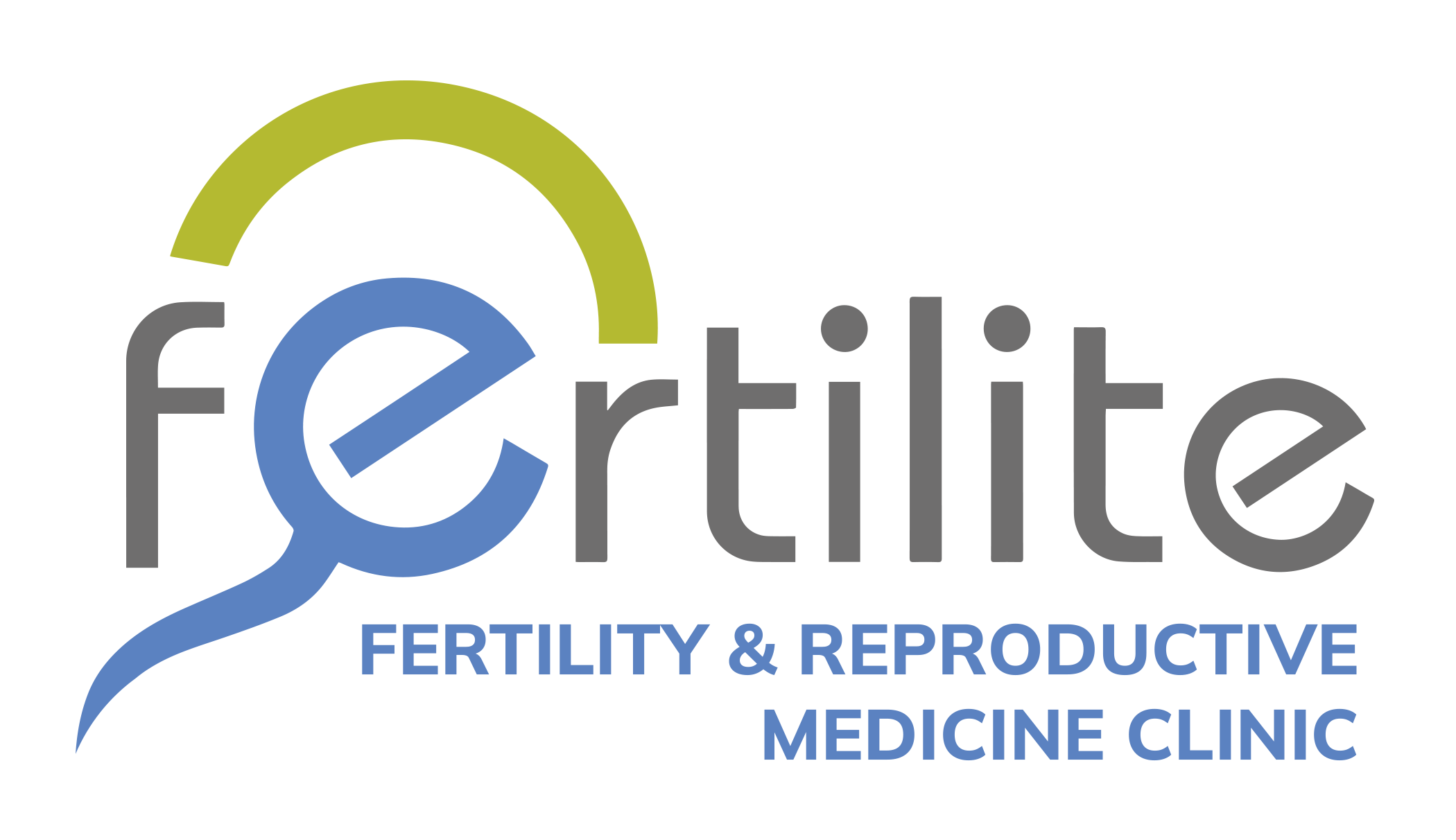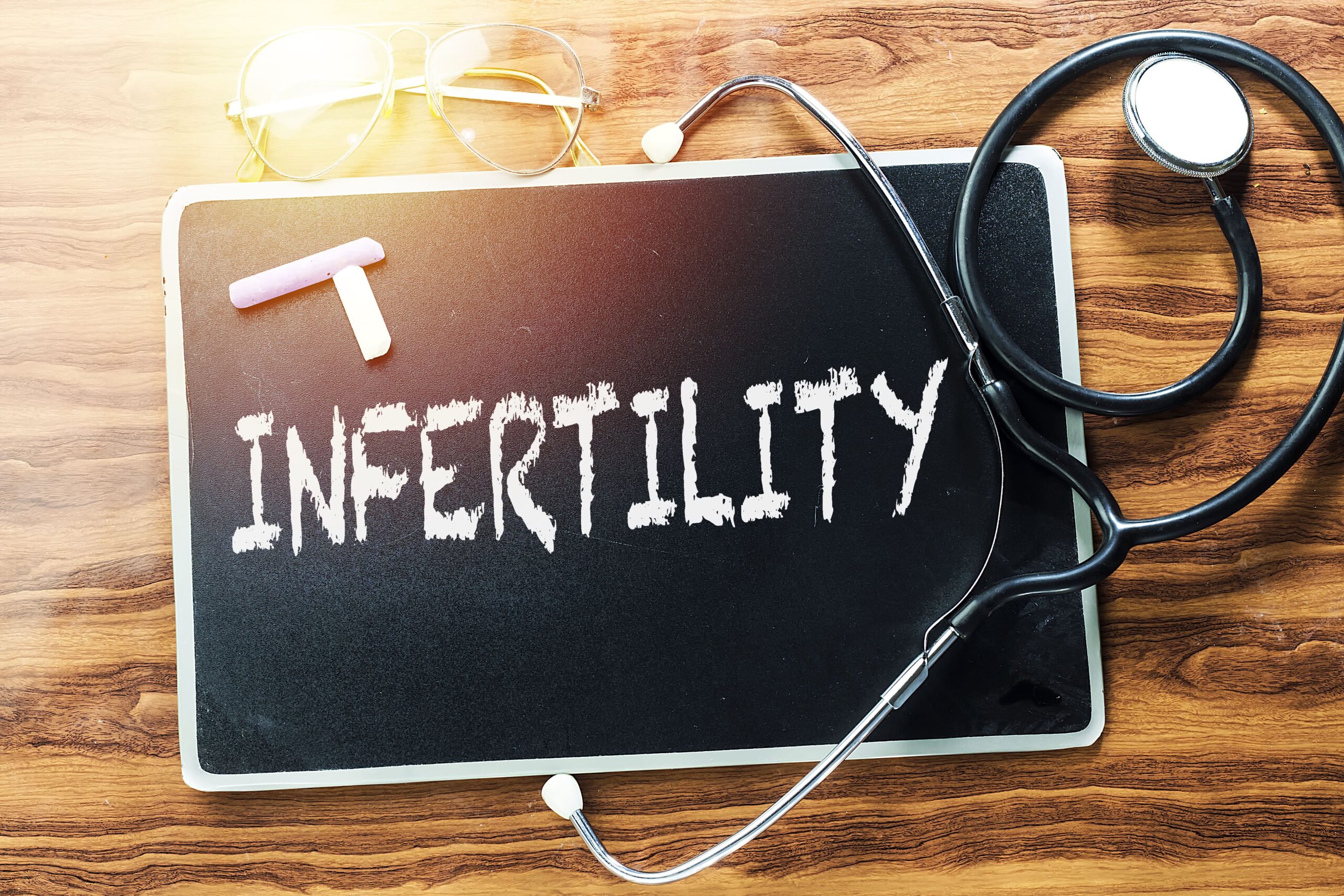During Pregnancy
Many women with endometriosis experience an improvement in their symptoms during pregnancy. It is estimated that around 60-80% of endometriosis lesions remain stable, while 10-20% may increase in size. However, approximately 1-7% of women may experience worsening symptoms during pregnancy.
Complications During Pregnancy:
Severe complications due to endometriosis are rare during pregnancy but can include infections or ruptures of ovarian cysts. These complications may require urgent medical attention and, in extremely rare cases, surgery.
Impact in the First Trimester:
There is some evidence to suggest that women with endometriosis may have a slightly higher risk of miscarriage compared to those without the disease. However, most women with endometriosis have healthy pregnancies.
Impact in the Second and Third Trimesters:
During the second and third trimesters, some women with endometriosis may develop gestational diabetes. It is estimated that approximately 24% of women with endometriosis develop this condition, compared to 18% of women without the disease. It is important to receive proper follow-up to control this condition and ensure a healthy pregnancy.
Impact on Labor and the Baby:
Some studies suggest that women with endometriosis may have a higher risk of preterm birth and having a baby with low birth weight. It is estimated that approximately 10-15% of women with endometriosis have a preterm birth, compared to 5-10% of women without the disease. Additionally, around 8-10% of newborns from women with endometriosis have a below-normal birth weight, compared to 5-7% of newborns from women without the disease.
Impact of Endometriosis in the Second and Third Trimesters of Pregnancy
Preterm Birth and Premature Rupture of Membranes:
Women with endometriosis have an approximately 2.33 times higher risk of experiencing premature rupture of membranes and an approximately 1.70 times higher risk of having a preterm birth compared to those without endometriosis . Premature rupture of membranes occurs when the membranes surrounding the baby break before labor begins, which can lead to preterm birth.
Placenta Previa:
It has been observed that women with endometriosis are around 3.3 times more likely to develop placenta previa compared to those without the disease. Placenta previa is a serious complication in which the placenta implants in the lower part of the uterus and covers either partially or completely the cervix, which can cause dangerous bleeding during pregnancy and labor.
High Blood Pressure and Preeclampsia:
Although the evidence is inconsistent, some studies suggest that women with endometriosis may have a higher risk of developing high blood pressure during pregnancy, which can lead to preeclampsia. Preeclampsia is a serious pregnancy complication characterized by high blood pressure and organ damage such as kidney and liver damage, and it can endanger the lives of both mother and baby if left untreated.
Fetal Death:
Women with endometriosis are about 1.29 times more likely to experience stillbirth compared to those without the disease . Stillbirth is the death of a baby in the womb before birth. The exact cause of this association is unclear, but it is believed to be due to changes in the uterine environment due to endometriosis.
Cesarean Section:
Women with endometriosis are approximately 1.86 times more likely to require a cesarean section compared to those without the disease . This may be due to various reasons, such as malpresentation of the baby, baby’s size, or difficulty in labor due to endometriosis.
Fetal Growth Problems and Neonatal Death:
Babies born to women with endometriosis are approximately 1.28 times more likely to be small for gestational age and 1.78 times more likely to experience neonatal death . Being small for gestational age means that the baby does not grow properly in the womb, which can be due to problems in the placenta or the uterus’s reduced ability to provide nutrients to the baby.
Gestational Diabetes (GDM):
Women with endometriosis have approximately a 26% higher risk of developing gestational diabetes during pregnancy compared to those without endometriosis.
Obstetric Hemorrhages:
There is some uncertainty as to whether endometriosis increases the risk of obstetric hemorrhages before delivery, as study results are contradictory.
Menopause and Endometriosis
Menopause:
Menopause refers to the permanent cessation of menstruation and marks the end of a woman’s reproductive life. A woman is considered to have reached menopause when a year has passed since her last menstruation.
Climacteric:
Climacteric is the transitional period during which a woman experiences physical and emotional changes related to the decline in ovarian function, culminating in menopause.
Endometriosis is a steroid-dependent disease, and most women experience regression of the disease after menopause. However, some women continue to have symptoms related to endometriosis after natural or surgical menopause (i.e., after bilateral oophorectomy). Additionally, women with a history of endometriosis may experience worsening symptoms and reactivation of residual disease with the use of hormone therapies intended to alleviate postmenopausal discomfort.
Endometriosis in Postmenopausal Women
Does endometriosis remain active after menopause?
The incidence of endometriosis in postmenopausal women is estimated between 2% and 5% according to various studies. For example, Bendon and Becker (2012) estimated an incidence of 2%, to 5%. Another more recent study found a prevalence of 4% of endometriosis in postmenopausal women.
Endometriosis Symptoms in Menopause:
A study in Menopause found that approximately 20% of women with endometriosis experience persistence of symptoms after menopause. Another study in Fertility and Sterility reported that 10-20% of women with endometriosis have persistent symptoms or disease recurrence after menopause.
Although endometriosis tends to decrease in intensity after menopause due to decreased estrogen levels, some women may experience persistent symptoms or disease recurrence. Symptoms of endometriosis in menopause can vary in severity and presentation, but some of the most common ones include:
Pelvic pain: Pelvic pain is one of the most common symptoms of endometriosis in menopause. It can manifest as chronic pain in the pelvis, lower abdomen, or lower back.
Imaging Tests:
Transvaginal ultrasound and magnetic resonance imaging are useful tools in the diagnosis of endometriosis in menopause. A study in the Journal of Minimally Invasive Gynecology found that transvaginal ultrasound has a sensitivity of 82% and a specificity of 98% for detecting endometriotic lesions in postmenopausal women. Magnetic resonance imaging has also been shown to be effective in detecting endometriosis in menopause, with a sensitivity of 90% and a specificity of 98% according to a study in The American Journal of Roentgenology.
Endometriosis Mapping:
Endometriosis mapping is a technique that involves identifying and mapping endometriotic lesions in the pelvis during laparoscopy. According to a study in the Journal of Minimally Invasive Gynecology, endometriosis mapping can be especially useful in postmenopausal women, as it allows surgeons to identify and treat lesions more effectively. The same study found that endometriosis mapping can improve surgical outcomes by reducing the rate of disease recurrence in postmenopausal women.
Conclusions:
- Endometriosis can persist or recur after menopause in a significant percentage of women.
- Transvaginal ultrasound and magnetic resonance imaging are effective tools in the diagnosis of endometriosis in postmenopausal women.
- Despite its invasiveness, laparoscopy remains useful for the diagnosis and surgical treatment of endometriosis.
Endometriosis Treatment in Postmenopausal Women
Regarding the treatment of symptoms in postmenopausal women, the potential increased risk of underlying malignancy in this population and the uncertainty of the diagnosis should be considered, as pain symptoms may present differently in this group of women compared to premenopausal women.
Is surgical treatment effective and safe in women with a history of endometriosis?
It is suggested that first-line treatment for endometriosis in postmenopausal patients should be surgical. Hormone therapy approaches are more limited due to low systemic estrogen levels in postmenopausal women. Additionally, there are few available options for medical treatment, aside from using pain relievers or aromatase inhibitors, due to naturally low estrogen levels in postmenopausal women.
Surgical Treatment:
Studies have shown that surgery can improve pain in postmenopausal women with endometriosis. For example, a study by Redwine et al. (1994) found that most women treated surgically experienced marked improvement in pain after the removal of endometriosis. Another study by Behera et al. (2006) found that laparoscopic treatment of any pelvic pathological condition improved pain symptoms in most women.
Risk of Malignant Transformation in Postmenopausal Women:
The possibility of malignancy should be considered in postmenopausal women with endometriosis, regardless of symptoms. A retrospective study identified that 35% of endometriomas in postmenopausal women had (pre)malignancy. Another study found that 14% of postmenopausal women with endometriosis had coexisting malignancy.
Medical Treatment in Endometriosis and Menopause:
In cases where surgery is not possible or symptoms persist or recur after surgery, medical treatment for symptoms associated with endometriosis can be considered. However, like with surgery, there is very little information on medical treatment for endometriosis in postmenopausal women.
Estrogen is considered one of the main drivers of endometriosis growth. Therefore, in postmenopausal women who are receiving hormone therapy, one of the first therapeutic steps should be to discontinue hormone therapy while considering the likely recurrence of vasomotor symptoms of menopause.
Theoretically, aromatase inhibitors (AIs) can block extraovarian estrogen production, which is the main source of estrogen for postmenopausal women. Additionally, the P450 aromatase, the enzyme central to converting androgens to estrone and estradiol, appears to be overexpressed in endometriotic tissue, although no data are available in tissue from postmenopausal women. AIs have been shown to be effective in reducing pain associated with severe endometriosis in premenopausal women. Specifically in postmenopausal women, there are only case reports on the treatment with AIs. Two reviews describe six case reports to date, mentioning that the administration of AIs for 4-18 months improved pain and reduced the size of endometriotic lesions. One patient reported hot flashes, and in one case, bone loss associated with AIs was reported after nine months of treatment with anastrozole. Although the data are very limited, AIs represent a medical alternative to surgery for the treatment of postmenopausal endometriosis
Recommendation:
For postmenopausal women with pain associated with endometriosis, doctors may consider aromatase inhibitors as a treatment option, especially if surgery is not possible.
Menopausal Hormone Therapy and Endometriosis
Hormone therapy for menopause (HT) is used to relieve uncomfortable symptoms that may occur during menopause, such as hot flashes, vaginal dryness, and other changes in the body. Some women may wonder if HT is safe for them if they have a history of endometriosis




